Wildlife safety: 8 tips for surprise encounters
Our straightforward guide to wildlife safety covers universal principles to help to keep you – and local wildlife – stay safe when you're exploring the backcountry

It's important to know the principles of wildlife safety when exploring the great outdoors. Getting closer to nature and viewing wildlife first hand is one of the best reasons to venture into the backcountry. If you’ve ever watched mighty bison grazing on the prairie, admired a golden eagle soaring overhead, or seen two rutting deers clashing antlers, you know the thrill of excitement that comes with wildlife sightings.
But occasionally, these encounters can take an unfortunate turn for the worse, and adhering to the principle of leave no trace means that you should never disturb wildlife. After all, when you’re hiking, trail running or camping, you’re a guest in their house, not the other way round.
Our guide to wildlife safety provides eight tips to help you avoid – and respond to – unexpected encounters, so that you can keep lacing up your hiking boots and pitching your tent in the woods without endangering yourself, other trail users, or the wildlife.
Meet the expert

Julia is fortunate to call the mountains of the Scottish Highlands her local stomping ground. Its stunning beauty and marvellous wildlife attracts people from across the world. However, it was her time living in the US that taught her about hiking with potentially dangerous wildlife, such as bears and wildcats.
Today's best deals
1: Do your research
- Research what wildlife lives in the region you plan to explore
- Once you know, read up on what to do in an encounter
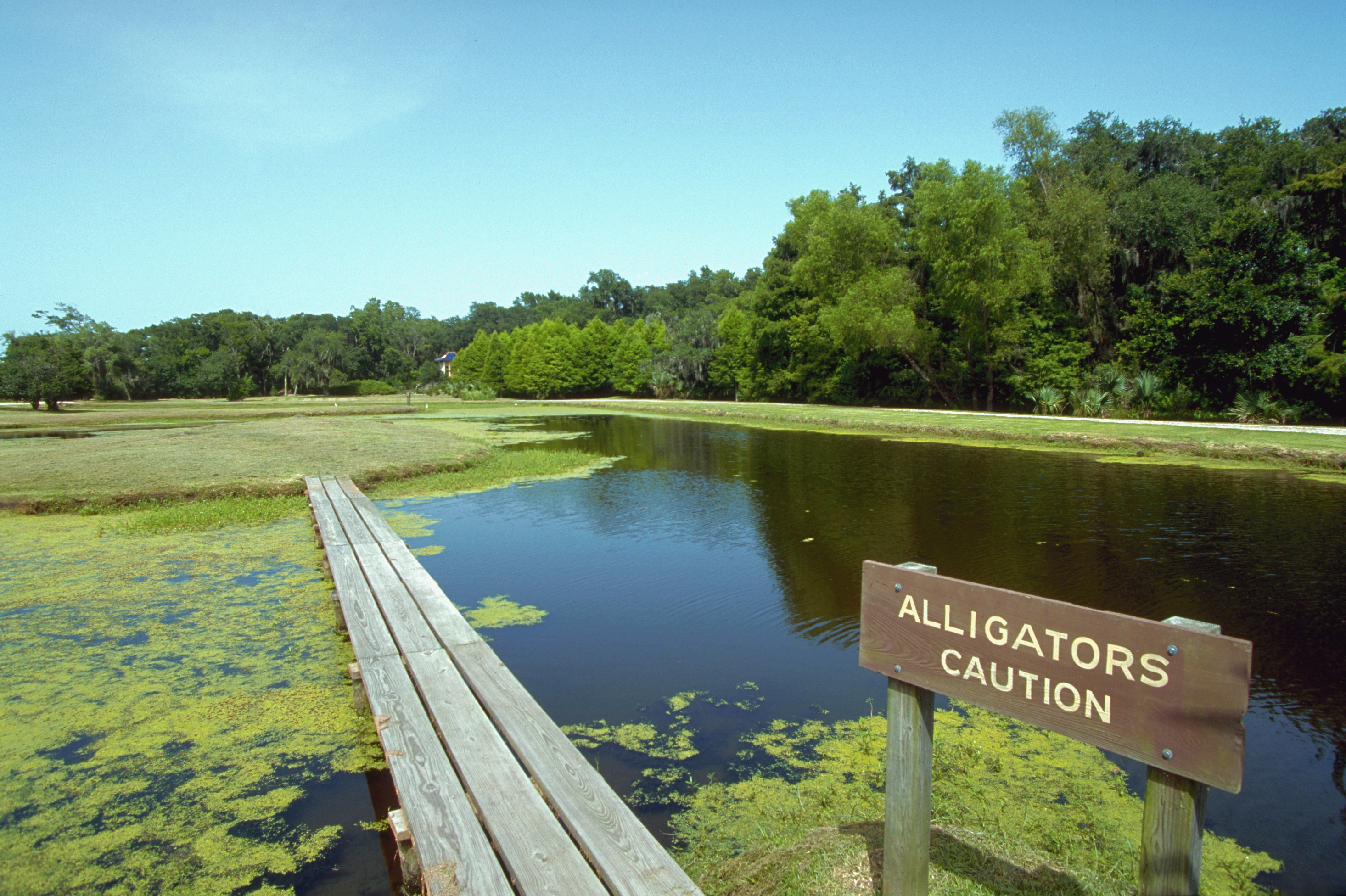
First things first, before you set off on a hike or trail run in a new place, do your research about what kinds of wildlife you might expect to encounter. After all, you won't have time to Google "what to do if you encounter a wild boar" in the time it takes it to cross the clearing and maul you with its tusks. We’ve written extensively about specific wildlife safety protocols, but you really don’t need to know about rattlesnake safety if you’re hiking in Alaska, mountain lion safety if you’re running in Vermont, or either of the above if you’re in the UK.
Though there are some general guidelines that apply to all types of wildlife, which we’ll cover here, there are slight differences between how you should respond to encounters with different types of wildlife. Once you know what you might encounter, you can reference the following guides:
- Bear encounters
- Mountain lion encounters
- Wolf encounters
- Bobcat encounters
- Moose encounters
- Mountain goat encounters
- Wild boar encounters
- Coyote encounters
- Alligator encounters
- Snake encounters
- Scorpion encounters
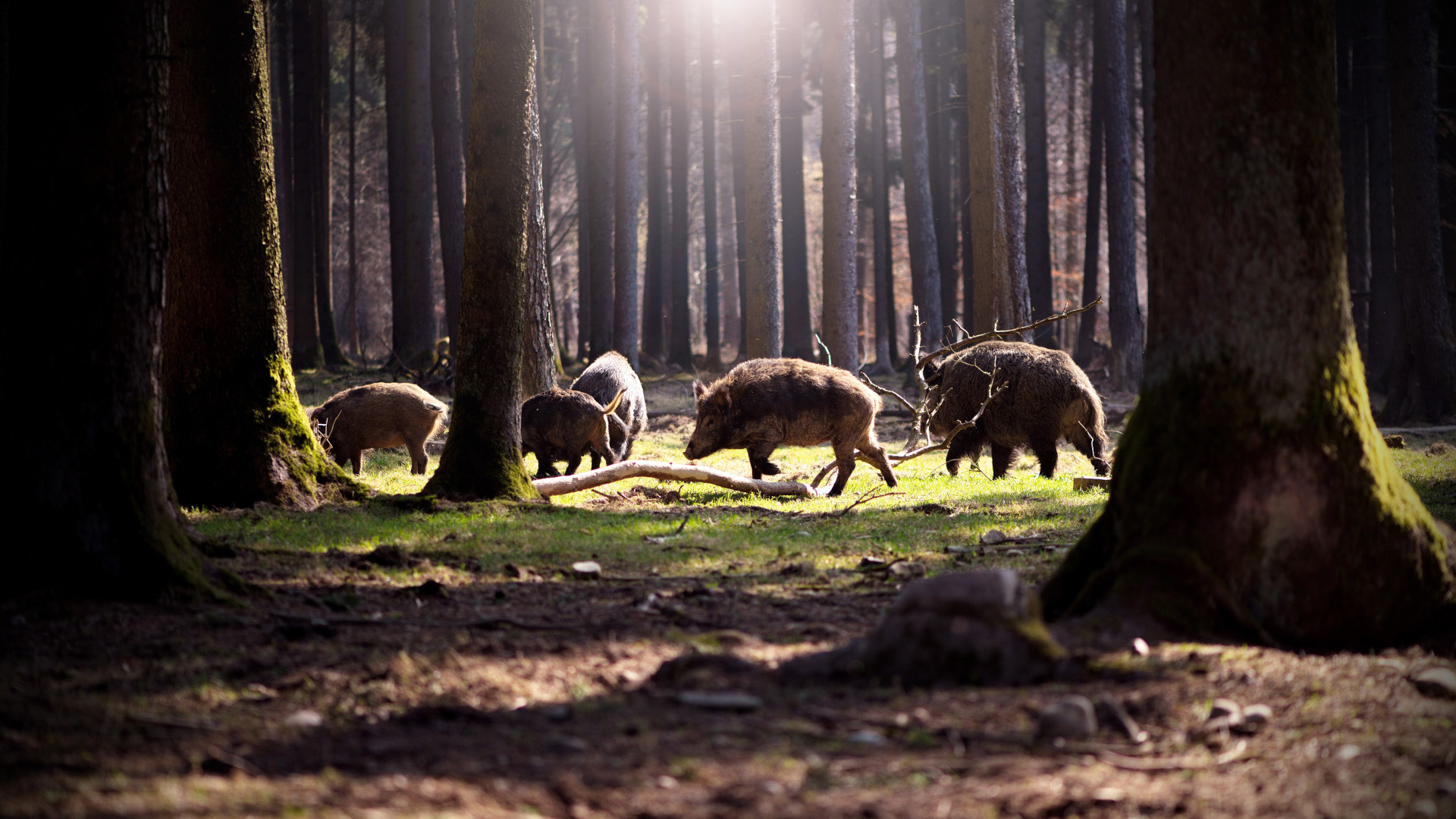
2. Most animals give humans a wide berth
- Animals generally avoid contact with humans
- Attacks on humans are very infrequent, though they can happen
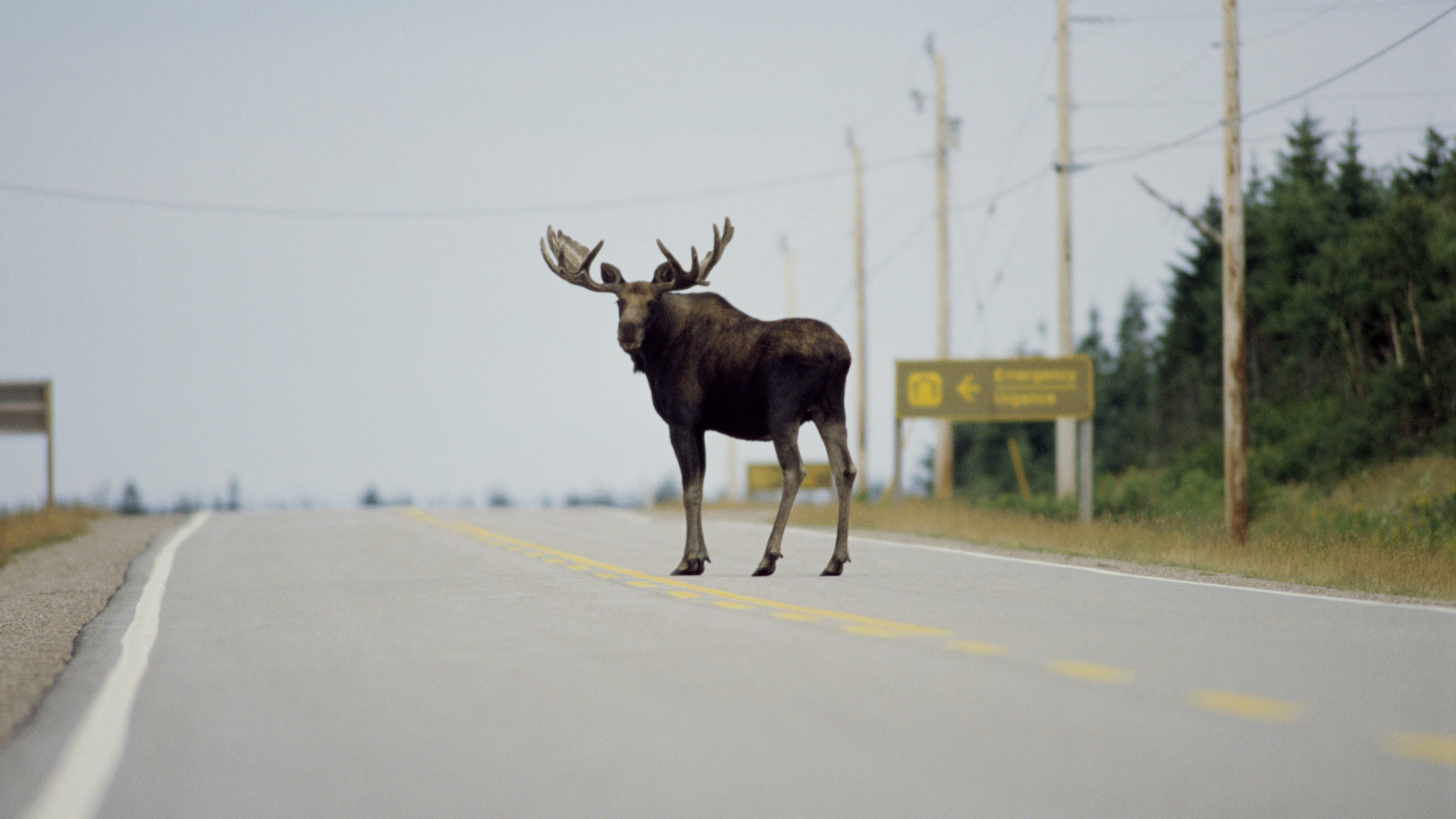
Mostly thanks to popular culture, many of us harbor deep seated fears about being stalked through the woods by a hungry lion or bear, but in reality, the majority of animals are quite likely to stay far away from you. There are incidences of attacks on humans by certain animals – grizzlies, alligators, mountain lions and wild boar, to name a few – but these instances are always infrequent at best.
Some animals fear humans while others are just perhaps a bit skeptical of us, understandably, but either way, the chances are high that any wildlife loitering near the hiking trail will scurry deeper into the undergrowth upon seeing, smelling or hearing you.
All the latest inspiration, tips and guides to help you plan your next Advnture!
3. Make noise
- Attacks on humans usually occur because the animal is surprised
- Making noise on the trail alerts animals to your presence

Speaking of hearing, it’s generally a good idea to make noise if you’re hiking in an area where there might be encounters with wildlife that could get out of hand. Remember those infrequent wildlife attacks on humans we mentioned earlier? Those usually occur because a human surprises an animal. Let's say you round the bend and startle a bear who’s been nibbling on some blackberries, or come face-to-face with a near-sighted moose nursing her young. Frightening wildlife could cause them to run in the other direction, but if they feel threatened or trapped, their survival instincts will kick in and they might charge instead.
So, don’t feel that you have to tiptoe along the trail. If you’re with friends, chat amongst yourselves and if you’re alone and feel a bit isolated, talk to yourself. There isn’t much evidence that bear bells are effective, but you can carry a bear horn and give it a blast every half mile or so. Don’t, however, play music as this is disturbing for other hikers and wildlife.
4. Never approach wild animals
- Never approach wild animals as they may feel threatened
- Cute cubs often have a protective mother nearby...
- Binoculars are a great way to watch from a safe distance
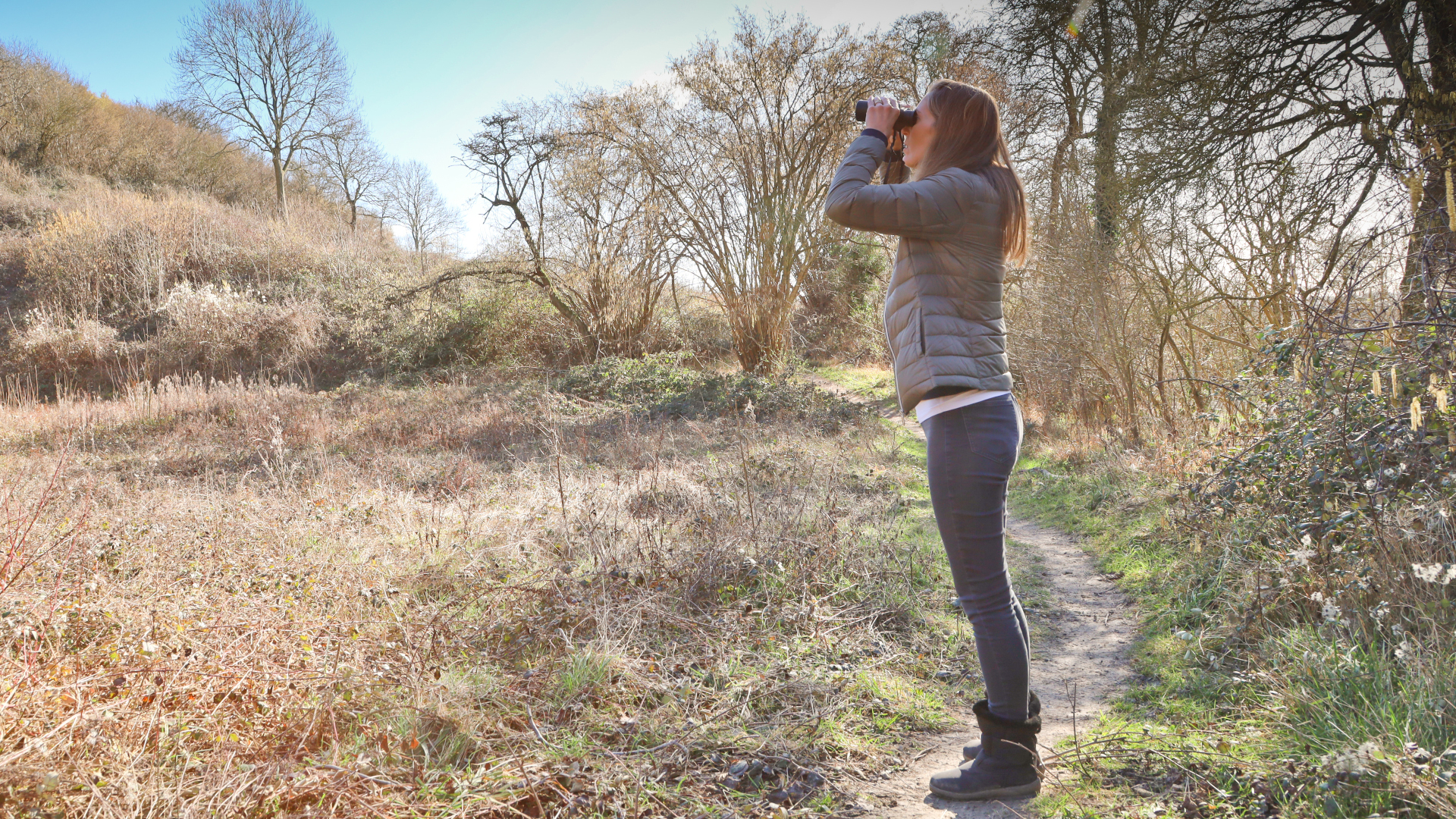
Let’s say you're wandering through an aspen grove and find yourself gazing at a moose 30ft away, but instead of charging you or sprinting away skittishly on her bandy legs, she just gazes at you curiously. Is this an invitation to approach? After all, maybe you can get a better shot for Instagram.
The answer in all instances of any wildlife is a resounding no. You should never approach wild animals, no matter how cute and cuddly they appear, or how devoted you are to building your social media presence as a daredevil. First, approaching wildlife may cause them to attack. Second, cute and cuddly ones are often babies who have very protective mothers nearby, who will do anything to defend their young. Third, approaching wildlife may make them become more comfortable with humans, over time, and while that sounds like a good thing, it isn’t. That changes their behavior and if they get too interested in humans, it can even lead to them being euthanized down the line.
Please just enjoy wildlife from afar. In fact, if you really love wildlife, invest in a great pair of binoculars so you can keep everyone safe and still zoom all the way in to get a sense of how they behave in their own environment
5. Never feed wildlife
- Feeding animals human food can make them sick
- When camping, store food in food storage lockers or a bear canister so as to not tempt wildlife to your campsite
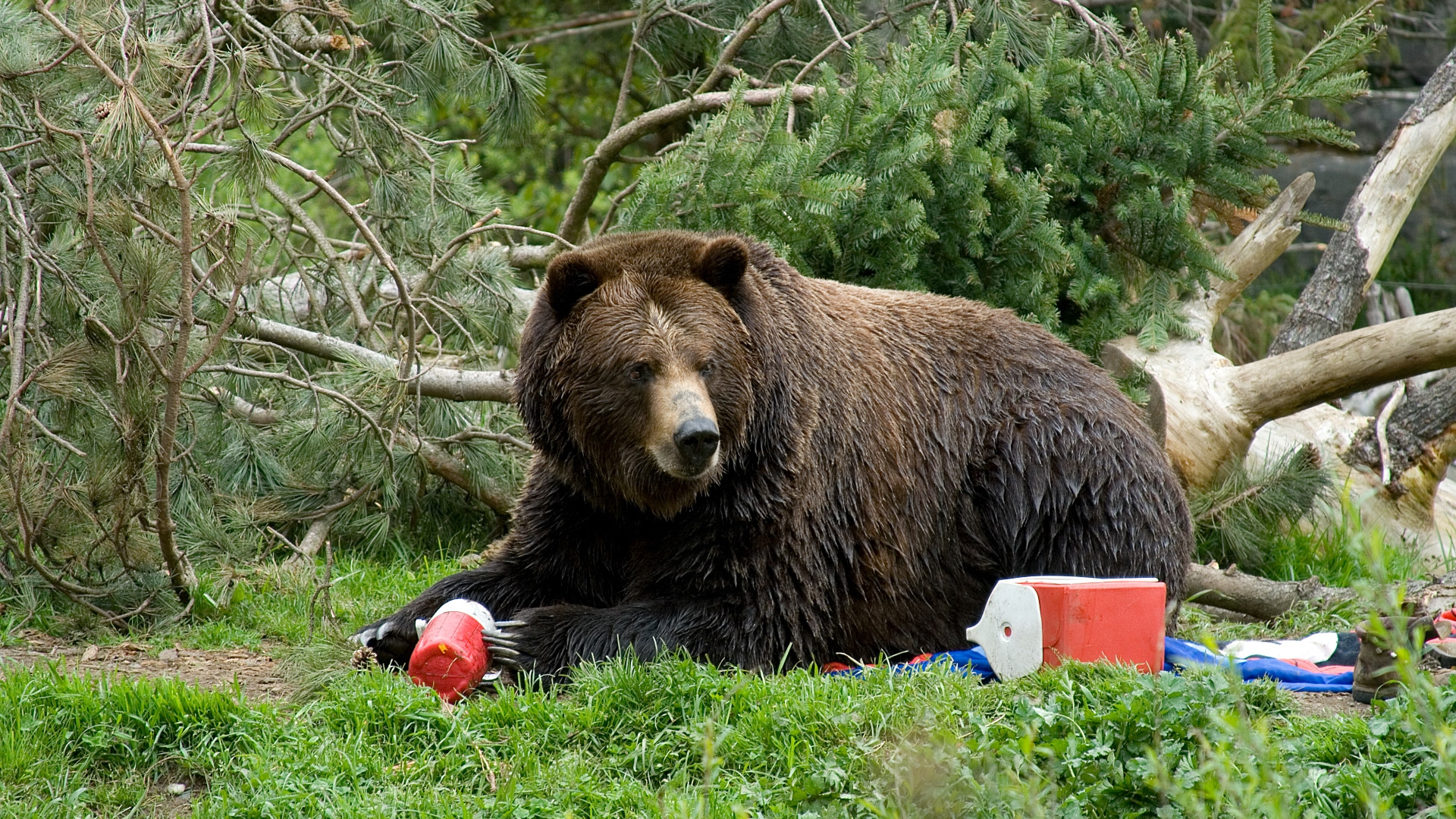
Perhaps one of the worst behaviors humans exhibit in the wild is feeding animals. Whether you think they’re just really hungry or you know it will help you get closer to them, it’s a terrible idea for all the same reasons as the last point. Plus, animals aren’t meant to eat human food (and let's be honest, humans aren’t meant to eat a lot of human food) and doing so can make them sick. Furthermore, feeding animals over time can make them lose their natural survival instincts for hunting and gathering. As a result, when you’re not around to feed them, they can starve.
If you’re camping, make sure to secure your food in your own bear canister or in the food storage lockers provided so as to not tempt wildlife to your campsite.
6. Watch for signs
- Watch for animal prints, recent kill and piles of fresh looking scat on the trail
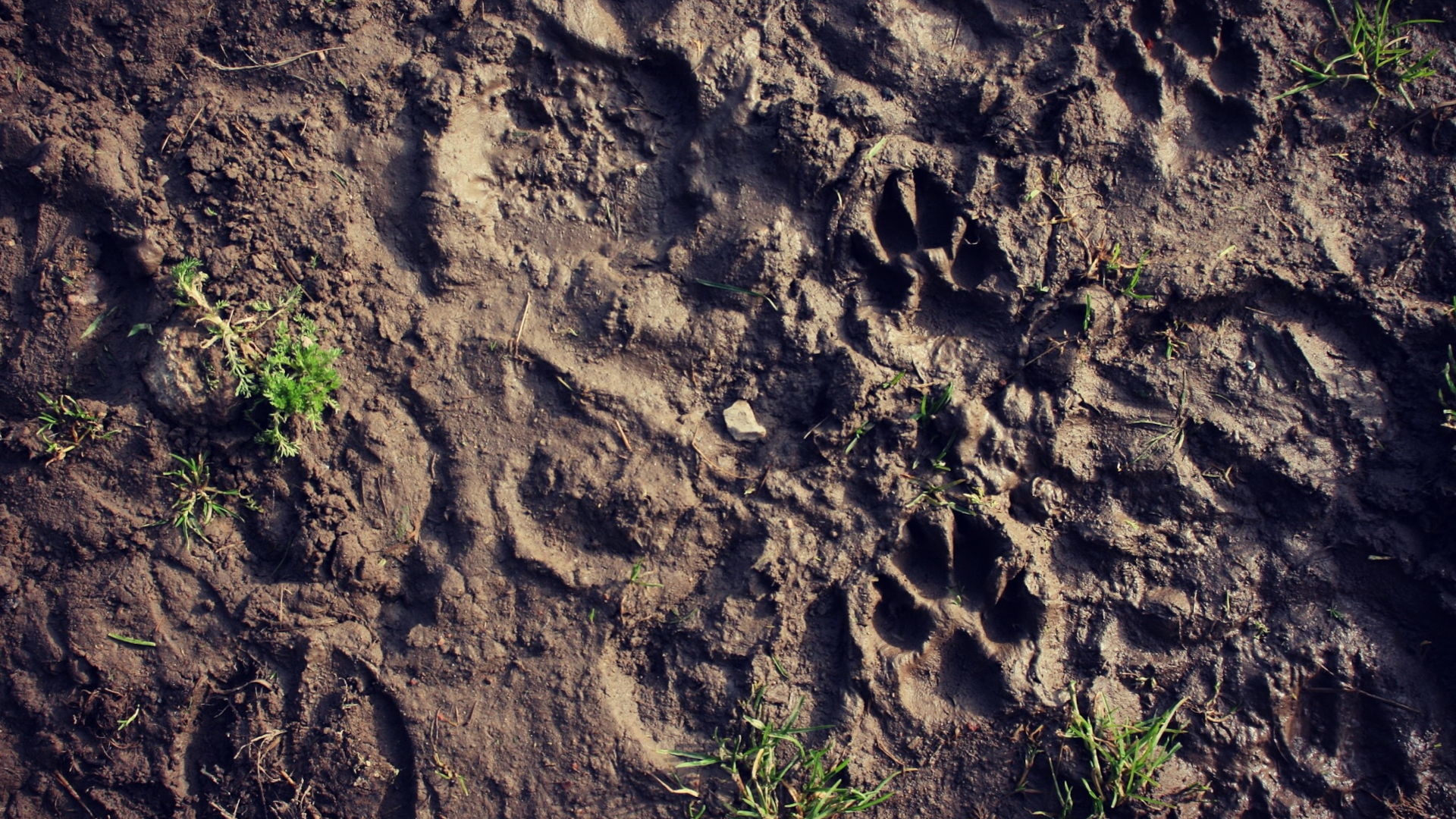
Because wild animals are usually busy putting distance between you and them, you don’t need to be giving yourself whiplash looking over your shoulder every 10 seconds while you're hiking, but you should keep your eyes peeled for nearby wildlife. Watch for animal prints, recent kill and piles of fresh looking scat on the trail that will tell you if an animal has recently been in the area. You don’t necessarily have to vacate the area if you see signs (though if it’s signs of a grizzly, you might want to) but you’ll want to keep your wits about you and make some noise.
7. Keep your ears open
- Don't hike in the backcountry with music or podcasts on
- You need your ears to listen out for any potential dangers
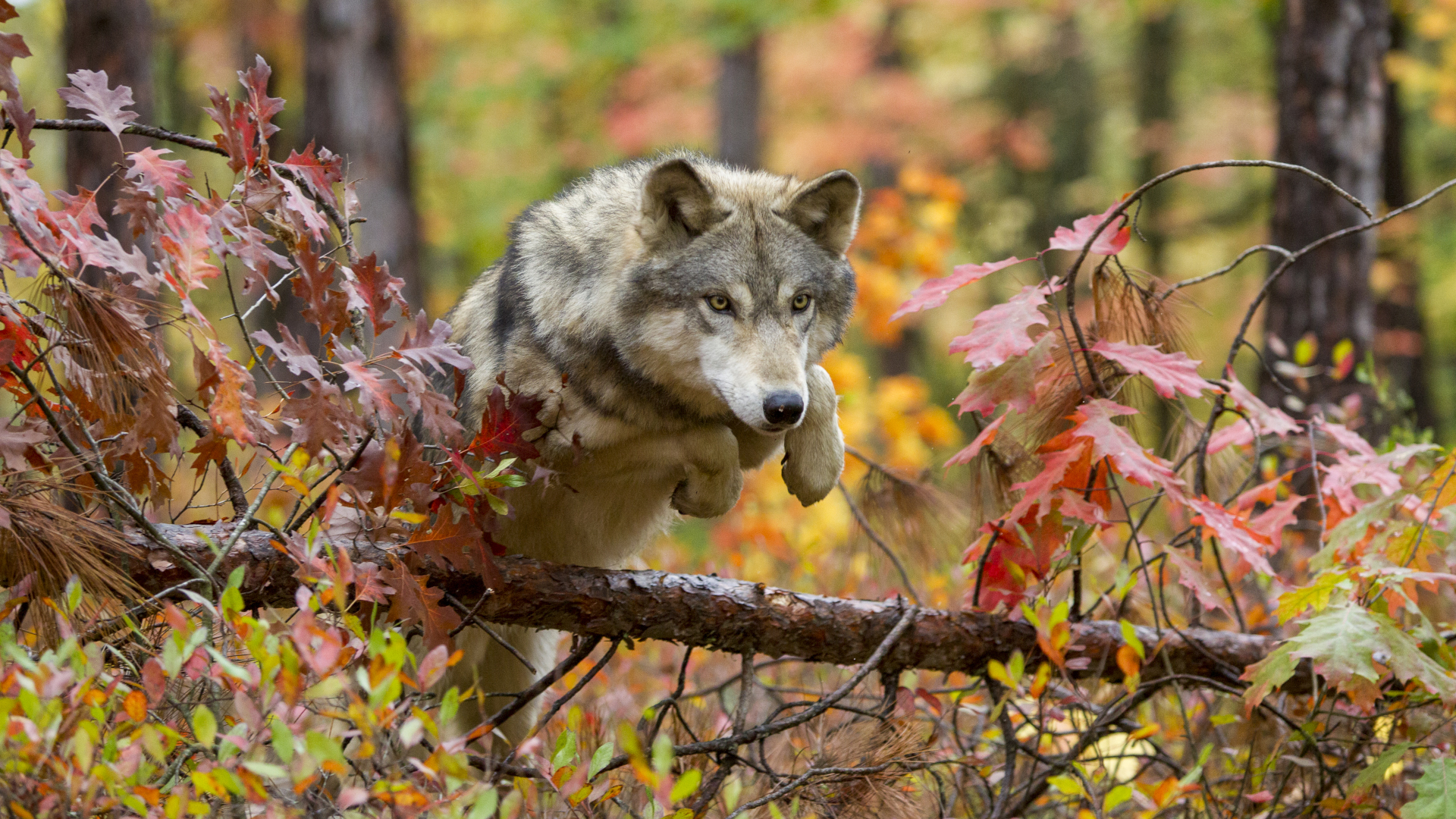
Speaking of keeping your wits about you, you’ve no chance of doing so if you have headphones in. The last thing you want is to be devoured by a wolf because you were rocking out to Werewolves of London, providence though that might be. Hike or run with your ears open so you’ll be able to hear anything that’s crashing through the undergrowth and plan accordingly.
8. Don’t run (except when you should)
- As a general rule, don't run as the motion can spark an animal's instict to chase
- Instead, make yourself big, throw things, yell and be ready to fight back
- The exceptions to this rule are alligators, mountain goats and wolves
Ok, so the general rule here is that you shouldn’t run if you do encounter threatening wildlife, because the motion will spark the instinct to chase, most animals can easily outrun you and within seconds, you’ll be dinner. Instead, you should make yourself big, wave your arms around, throw sticks and stones, yell and if all else fails, fight back.
There are three notable exceptions to this rule:
- Mountain goats, which won’t follow you for very long if they do give chase.
- Wolves, which you should attempt to fight, or climb a tree to retreat from.
- Alligators, which can move faster than you think on those short legs, and run in a zigzag pattern so you can probably outmaneuver them pretty quickly by going in a straight line.
Also, you don’t really need to run away from snakes or scorpions since they won’t chase you, but feel free to do so if it makes you feel better.
Julia Clarke is a staff writer for Advnture.com and the author of the book Restorative Yoga for Beginners. She loves to explore mountains on foot, bike, skis and belay and then recover on the the yoga mat. Julia graduated with a degree in journalism in 2004 and spent eight years working as a radio presenter in Kansas City, Vermont, Boston and New York City before discovering the joys of the Rocky Mountains. She then detoured west to Colorado and enjoyed 11 years teaching yoga in Vail before returning to her hometown of Glasgow, Scotland in 2020 to focus on family and writing.

